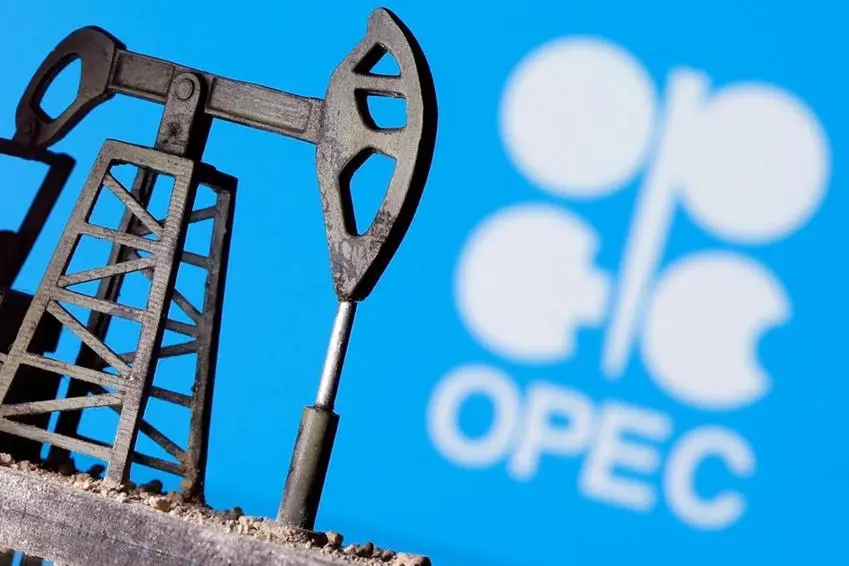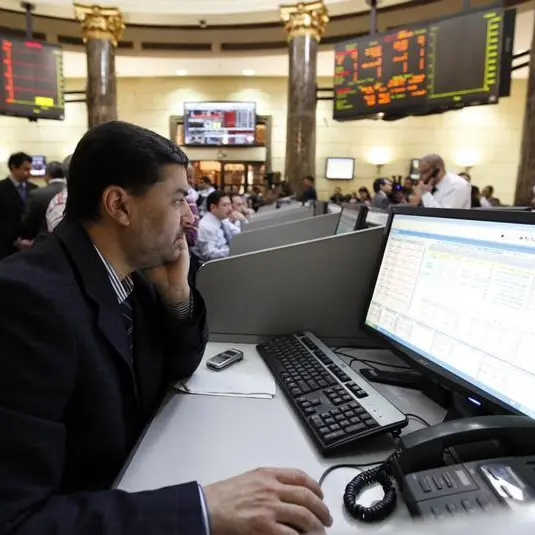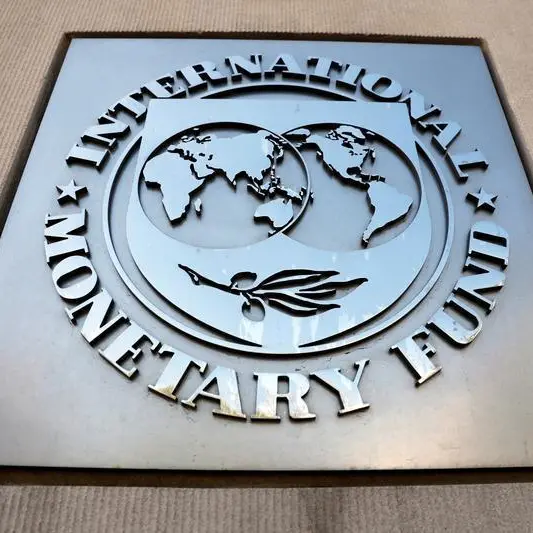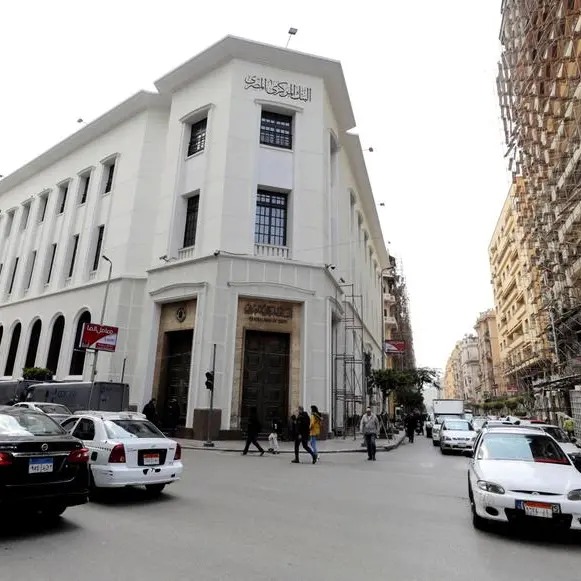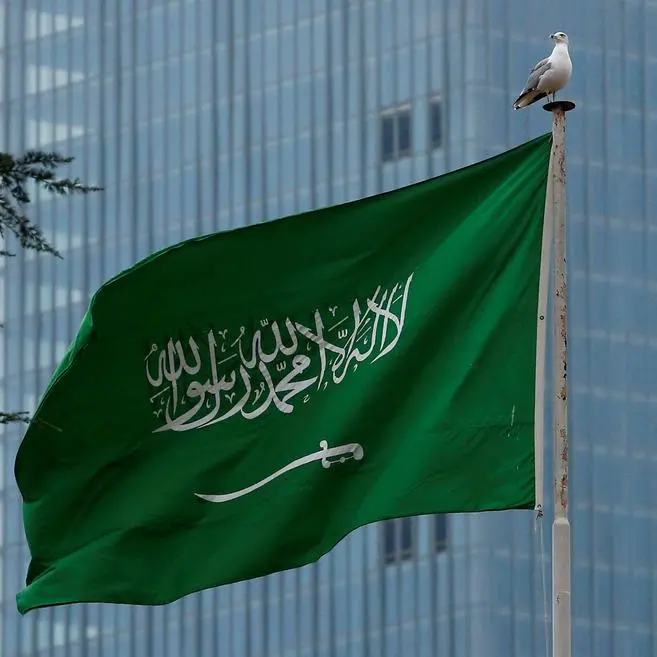PHOTO
Oil prices are expected to remain mostly stable with limited upside/downside potential, supported by Opec+'s active role, while the oil market balance has improved with the US shale oil coming back to the market, a report said.
However, the tight liquidity in the paper market may act as a downside risk, added the Oil Market Update from Al Rajhi Capital, a leading financial services provider in Saudi Arabia.
OECD inventory as a percentage global demand slightly increased from 7.1% in Dec 2021 to 7.6% in Oct 2022, mainly due to higher supply from Opec+ and the US in recent months, and further aided by lower demand amid the global recession fears.
Higher oil prices helped US shale producers generate healthy cash flows this year, thereby enabling them to increase spending (43% y-o-y in 9M 2022) and reduce their debt burden to some extent (16% YTD). However, the current debt level still remains above the 2018-19 levels for most companies under our sample.
Further, despite lower debt levels, interest costs still mostly remained flat due to the rising interest rate environment. Nonetheless, healthy oil prices would continue to encourage the shale producers to increase their capex and set the 2023 production targets higher going forward.
The cash per barrel of oil required to ensure FCF less interest and tax expenses = 0 for shale companies increased to $49/bbl in Q3 2022 from $42/bbl in Q3 2021. The increase was mainly due to higher windfall tax on O&G companies profits, and further driven by increased capex.
On the other hand, Opec+ decision to cut output by 2mmbpd from November and the EU's sanction on seaborne Russian crude (starting from 5th Dec) may fully offset the incremental supply from the US.
Copyright 2022 Al Hilal Publishing and Marketing Group Provided by SyndiGate Media Inc. (Syndigate.info).
